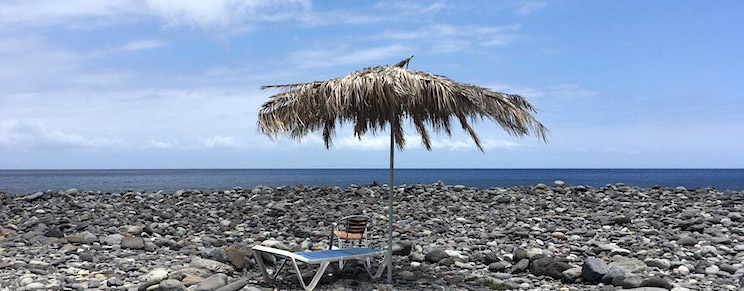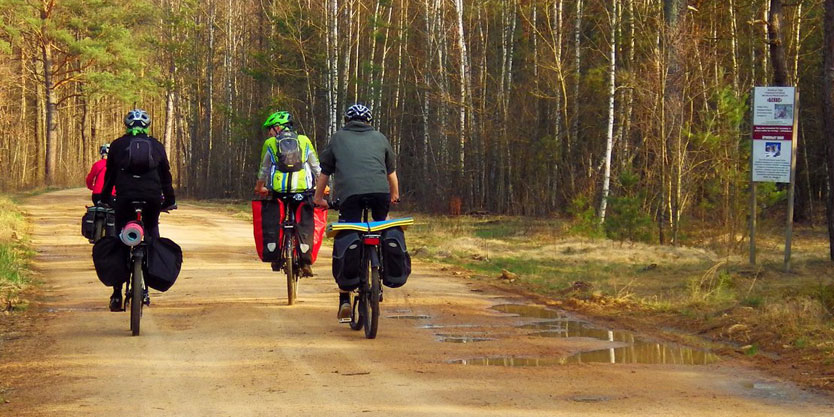Weather to go Mainland Spain
4 mins readSpain is a fascinating European country. It’s home to many forms of land such as the likes of the Pyrenees, many islands, Cantabrian mountains, Tagus river, Ebro river, Duero river, Lake Sanabria, Lake Banyoles, Bay of Biscay and many more. Depending on where you travel there’s quite a variety of scenery. Likewise, depending on the time of year you travel to Spain you can experience a variety of temperatures. Spain is home to four seasons which are winter, spring, summer and august.
Winter: December-March
During this season it can get relatively cold however it is a lot milder than other parts of Europe. Central areas of Spain such as Madrid may experience temperatures ranging from 4-10 degrees Celsius.
This is one of the prime times of the year for participating in winter sports such as skiing and snowboarding in the Pyrenees in the North of Spain. As there is plenty of snow! The areas of the Pyrenees encounter temperatures during the winter season from -5 to 5 degrees Celsius.
Likewise, the areas in the South of Spain such as Costa Del Sol are often a lot warmer with winters averaging around 14 degrees Celsius. This is a great season to explore hiking routes in Costa Del Sol and climbing in natural parks.
Spring: March-May
The temperature gets warmer during this season and gorgeous flowers begin to blossom. As the heat climbs, the temperatures reach between 15-22 degrees Celsius in mainland Spain. It’s a great time of year to visit to see the true local side as there are many carnivals and festivals which are celebrated amongst the Spanish. Festivals such as Feria De Abril, Las Fallas De Valencia, Cordoba Patios festival and many others occur during this season.
Also, during spring, the weather in the Pyrenees can be quite cool and at times experience spells of rainfall. Temperatures can range from 8-15 degrees Celsius. In this season, there is still some snow left however a lot of it is melting due to the rise in temperatures. This creates excess water and if you like outdoor sports such as rafting, kayaking, canoeing and many more this is the time to visit.
On the other hand, the Costa Del Sol in the South has an increase in sunny days. As well as an increase in temperature averaging 21 degrees Celsius. In relation to this, sea temperatures start to rise averaging around 17 degrees Celsius. Costa Del Sol is an incredibly picturesque destination in the spring and is known for golf courses. Likewise, flowers are in full bloom.
Summer: June-August
Heat rises rapidly during the summer season generating a sticky temperature. Especially in Madrid, with temperatures high up in the ’30s often exceeding 35 degrees Celsius. Visiting Spain in the early summer will allow you to experience and explore the beautiful Spanish landscapes.
If you like the beach, Southern Spain in the summer is a great time to visit as the sea levels are warmer. A lot of locals, as well as tourists, choose to undergo their vacation basking in the heat next to the ocean.
Northern areas of Spain such as the Pyrenees can range between 22-33 degrees Celsius. Making it an entertaining time to relax in the Pyrenees either by visiting an art retreat, enjoying the views or even cycling.
Autumn: September-November
Unlike the sticky summer season, the temperature in mainland Spain tends to decrease averaging around 22-24 degrees Celsius. Often, it does not get any higher than 27 degrees Celsius. If you enjoy dazzling colours and wine this is the best time to visit. The Pyrenees in the Autumn is also a wonderful time for hiking with bright blue skies. Temperatures in the Pyrenees tend to be in the 20’s.
In the Costa Del Sol up until October, there are many warm and sunny days. Temperatures drop down between 19-22 degrees Celsius becoming milder. Sometimes there are spells of rain and less daily exposure to the sun. However, up untill October, beach destinations are still popular with tourists. As temperatures are slightly cooler, people often opt to camp in Costa Del Sol around the El Chorro lakes.
We advise to also to check the weather forecast prior to your travel as then you will have a good estimate of temperatures and the type of weather that will occur.
The Spanish island of La Gomera is surrounded by the Atlantic Ocean off the coast of Africa. It’s one of the seven main canary islands and It’s home to many terrains. La Gomera boasts rugged and high terrain. As well as a subtropical climate across the island. La Gomera experiences four seasons a year winter, spring, summer and autumn.
Winter: December- March
During the winter season in La Gomera temperatures average between 16-22 degrees Celsius. It’s not that cold for a winter season. Likewise, winter on the island stills allows you to see clear blue sunny skies. On average around nine hours of the sun occurs each day and January is also the wettest month as per holiday-weather. However, in the highlands, it can get quite cold so bring a extra layer and some protection from the rain. The winter season is perfect for walking and hiking in La Gomera as the temperatures are mild before they increase. Especially in Garajonay National Park a UNESCO heritage site.
Spring: Mid March-June
Springtime in La Gomera has temperatures ranging from 16-24 degrees Celsius. If you like nature this is a terrific time to visit as it’s filled with fresh blossoming vibrant wildflowers. Leaving a multitude of refreshing fragrances to smell around the island.
Summer: June-August
An incredibly sunny season, which experiences on average 12 hours of sunshine a day. Rainfall is little and because of this, it’s a great time of year to visit beaches such as Playa de Ingles, Hermigua beach and many more. The temperatures during this season range between 18-27 degrees Celsius.
Autumn: September-November
The temperature in this season ranges from 18-27 degrees Celsius. However, it gets cooler as the months go by towards winter season. If visiting in this season expect a large variety of Flora, many exotic birds and butterflies across the island.
We advise to also to check the weather forecast prior to your travel as then you will have a good estimate of temperatures and the type of weather that will occur.
Sorry, the comment form is closed at this time.



